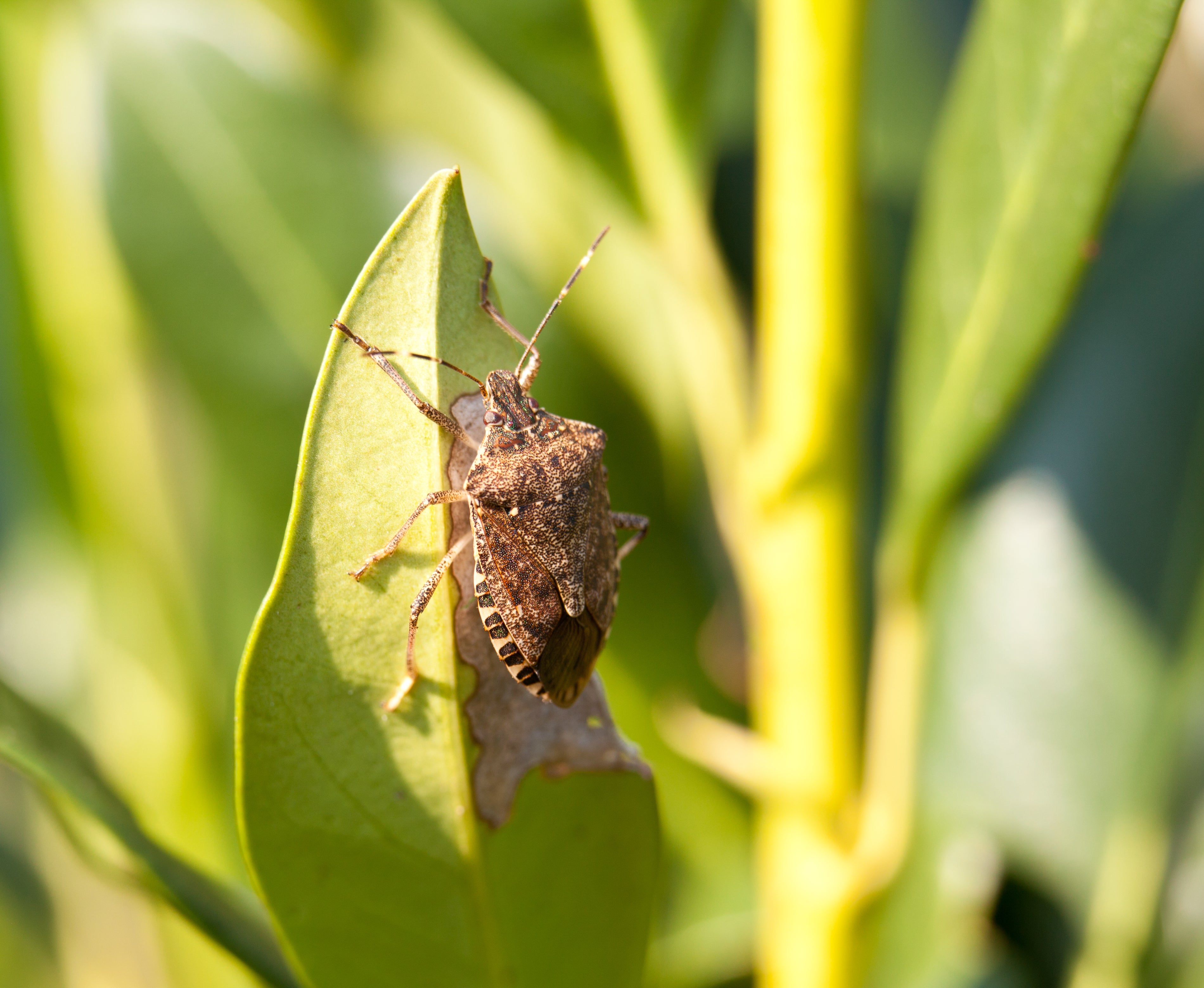Why the number of stink bugs could explode in the next few decades - in places they’ve never been before
The pungent insects are pests on crops like fruit and corn
Anyone who’s smelled a stink bug can recall the smell they emit — a pungent odour some have compared to pepper, rotten fruit or even cilantro.
The insects, formally known as “brown marmorated stink bugs”, are invasive to the US, and have spread their musty aromas to more than 40 different states.
This is more than just a problem for sensitive noses, as stink bugs can be a serious and detrimental agricultural pest on crops like fruit and corn.
Now, a new study suggests that as the climate crisis grows over the next few decades, these rank little creatures could spread even further across the country, bound to leave that tell-tale reek in their wake.
Brown marmorated stink bugs are native to eastern Asia and were first discovered in Pennsylvania about 20 years ago. Since then, they’ve spread to areas all over the country, but are most concentrated — and cause the most problems — in the mid-Atlantic, parts of the Midwest and the west coast.
But researchers in this new study wanted to see just how far these pests might spread in the US, especially as the climate gets warmer and habitats change. So, the team used factors like temperatures and rainfall rates to model which parts of the country might become more or less habitable for stink bugs by the year 2080.
Overall, they found that the amount of suitable habitat for the insects could increase by 70 per cent under two different middle-of-the-road climate scenarios (meaning not the worst case for the climate crisis nor the best possible outcome for the climate). The results were published in August in the journal Pest Management Science.
While some areas, especially in the southeast, could see fewer stinkbugs as the climate changes, some areas could get a whole lot more welcoming. In particular, the authors point to the mid-Atlantic, the Great Lakes area and western valley regions, like around Sacramento, California in a press release on the study.
In general, warmer weather will help the stink bugs, as they don’t like to be out in the cold, they add. But they also need water, so if places get warmer but too dry, that won’t help the insects spread.

This isn’t the first research to find that stink bugs may pose a bigger threat to the US on a warmer planet. Previous work, as noted by the US Department of Agriculture, reached much of the same conclusion.
The brown marmorated stink bug has already become a pest insect on many crops since spreading into the US two decades ago. The insects are not picky eaters – and have been found feeding on everything from grapes to lima beans, apples, corn, tomatoes and apricots, according to the US Environmental Protection Agency (EPA).
Their feeding can sometimes make these crops completely unusable, the agency adds.
“Every system will change with climate change, so the fact that you can grow garbanzo beans, lentils or wheat without these pests now, doesn’t mean that you will not have them in a few years,” the study’s lead author, Javier Gutierrez Illan, an entomologist at Washington State University, said in the press release.
“There are mitigating things that we can do, but it is wise to prepare for change.”
In addition, as temperatures drop for the winter, brown marmorated stink bugs move inside to find warmer shelter — and they can settle as thousands of individuals in the cracks and crevices of buildings, EPA notes.
While the critters don’t pose a serious threat to humans or pets, these hidden colonies can stink — literally. And if they start to spread to more parts of the country, more American could get a regular taste of that iconic odour.
Join our commenting forum
Join thought-provoking conversations, follow other Independent readers and see their replies
Comments


Bookmark popover
Removed from bookmarks